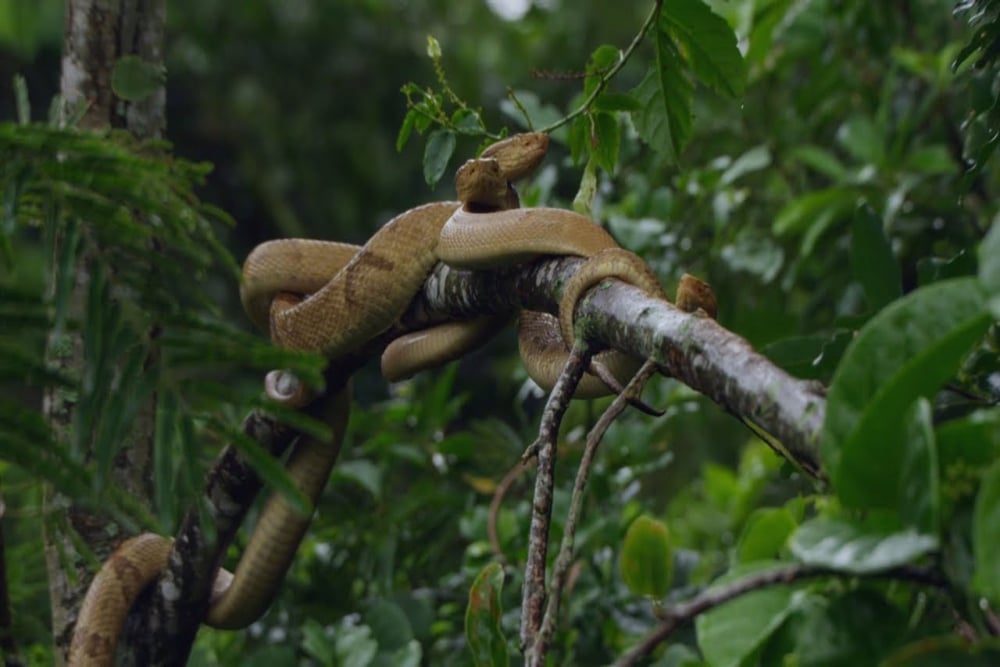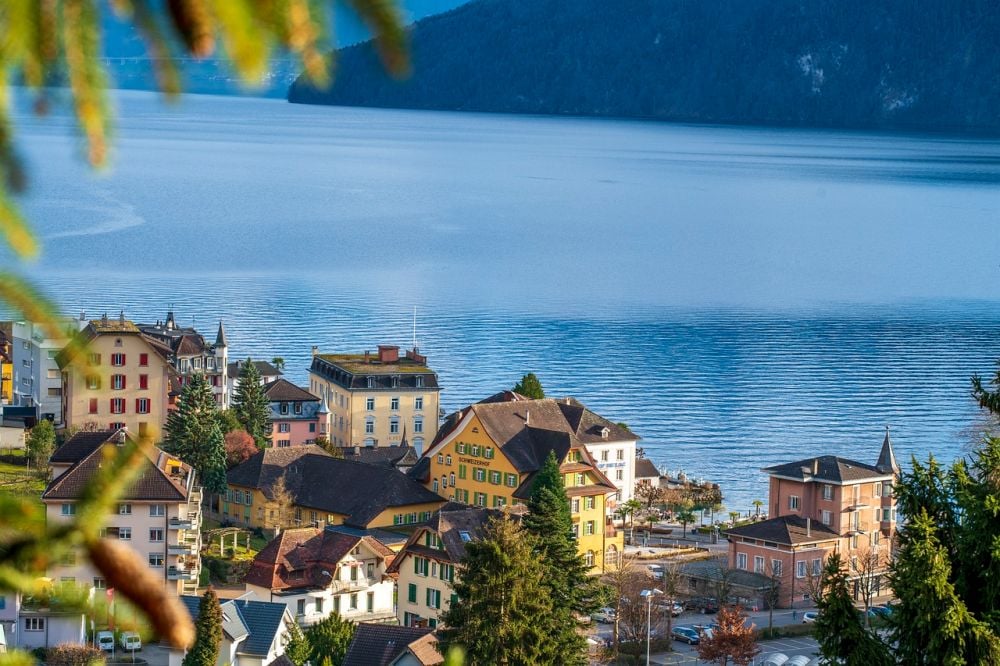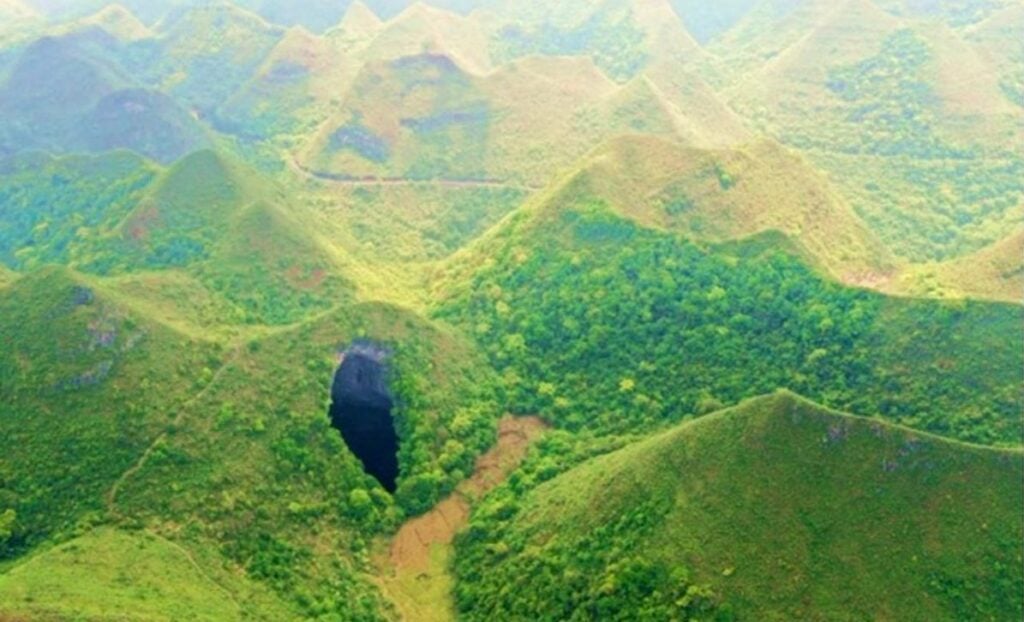This Isolated Island Has Deadly Snakes With Venom That Can Melt Human Flesh And Paralyze Muscles
Off the coast of Brazil lies Ilha da Queimada Grande, better known as Snake Island—a place that sounds like it should be a tropical paradise but is anything but. Despite its gorgeous beaches, vibrant rainforests, and warm weather, this island is home to a chilling population of venomous snakes that make it one of the most dangerous places on Earth.
The main inhabitants are Golden Lancehead vipers, snakes so venomous that a single bite can kill a person in under an hour. Their venom has been described as powerful enough to melt human flesh, paralyze muscles, and cause fatal organ failure. With around 2,000 to 4,000 snakes slithering across the island—basically one per square meter—it’s not hard to understand why Snake Island has earned its deadly reputation.
What’s even more fascinating is how these snakes got there. Over 11,000 years ago, when rising sea levels cut the island off from the mainland, the Golden Lanceheads were left completely isolated. Over time, without natural predators or much competition, they evolved to become even more venomous to hunt birds that land on the island. Thankfully, these snakes can’t swim, so there’s no risk of them making their way to Brazil’s shores.
If you’re wondering why there isn’t a sudden influx of curious travelers, the island is strictly off-limits. The Brazilian government has banned visitors to protect people from the snakes—rather than the other way around. Only a handful of researchers and scientists are allowed to visit under carefully controlled conditions. And yes, they’re always accompanied by a doctor in case of the worst.
Legends surrounding Snake Island add to its mystique. One rather wild tale claims that pirates once left venomous snakes there to guard their treasure. While there’s no proof to back up this claim, it’s undeniably intriguing (even if the snakes themselves are a bigger deterrent than any treasure could be an incentive).
Despite the deadly reputation, there are other, less terrifying inhabitants on the island, like the non-venomous Dipsas albifrons, or Sauvage’s Snail-eater, which lives peacefully in the forest areas. But these quieter creatures hardly diminish the overwhelmingly dangerous image of Ilha da Queimada Grande.
And as horrifying as the Golden Lanceheads may sound, their venom isn’t all bad news. Researchers have found that compounds in the venom might actually help in treating heart disease, blood clots, and circulation issues. This discovery has unfortunately led to illegal animal trafficking, with smugglers risking their lives to capture these rare snakes and selling them on the black market for tens of thousands of dollars.
Outlawed or not, the island is undeniably fascinating to imagine—or to avoid. Its beauty is deceptive, as the picturesque rainforests and pristine beaches hide one of the planet’s most lethal ecological systems. And if you absolutely must visit, you’ll need the Brazilian Navy’s permission—though they’re highly unlikely to grant it.
Snake Island isn’t just another natural wonder. It’s a chilling reminder of how nature, in its isolation, adapts to its own unique survival challenges. Whether you’re drawn to its eerie stories or scientific possibilities, one thing is certain—this is one destination that’s best enjoyed from a very, very safe distance.







